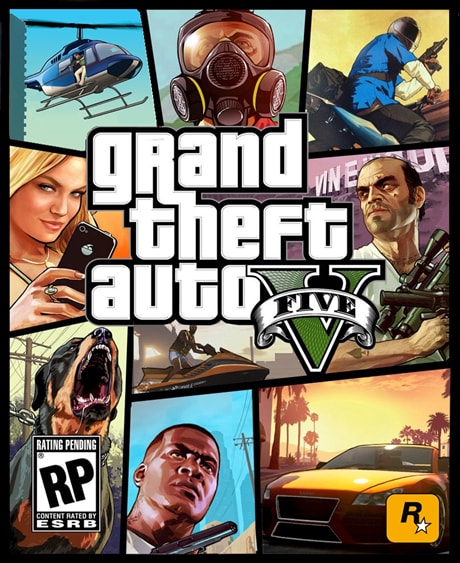Dreamworks’ “Shrek 2” is littered with intertextual references to other films or media, arguably much more than any other Dreamworks or Disney movie. Viewers got straight back in line to rewatch the movie just to try to catch all the small gags, some of which lasted less than five seconds and could easily fly over your head. While I could list many references to other Disney pieces, such as all the fairy tale creatures, the princesses from other works, and likewise things, I will stick to analyzing just a two minute piece from the beginning of the movie. I intend to do this for three reasons. First, it will make it more interesting and won’t just be a list of other Disney pieces. Second, it will emphasize how many references there are throughout the movie and how quick they can come. If there are so many within two minutes, how many are there throughout the entire movie? Third, I will avoid any sense of plagiarism from Adrienne’s post (she wrote about intertextuality in the first Shrek, and covered mainly other fairy tale pieces). I planned to critique Shrek 2 anyway, as it is my favorite movie, she just happened to have a similar idea.
I piece will be analyzing is the honeymoon scene. It is the second scene in the movie and acts as the intro. The end of Shrek has Shrek and Fiona married, and Shrek 2 begins with their honeymoon, a joyful collection of short clips from their adventures with Counting Crows’ “Accidentally In Love” playing in the background.
The first blatant reference, besides the existence of Little Red Riding Hood, nods to Fred Zinnemann’s 1953 “From Here to Eternity”, a memorable scene and the cover of which has two lovers rolling around on the beach. In the classic film, it creates an immense sense of innocent young love and purity, which Shrek 2 imitates for four seconds until a wave crashes upon the kissing pair. When revealed, a Fiona has been replaced by a mermaid, which looks suspiciously like Ariel from “The Little Mermaid.” Fiona tosses the mermaid far into the sea, where she is jumped upon and gobbled up in classic Jaws fashion. This all takes course in the span of just over ten seconds.
Immediately after, without any break, the scene transitions into a blatant reference to “The Fellowship of the Ring.” A ring is forged, one that looks like the One Ring from Lord of the Rings. The ring is tossed in the air and falls onto Fiona’s finger, the same way it fell onto Frodo’s. It then spells out in flame engraving “I love you” in the same formation as the prophecy on the One Ring, which says in Elvish “One ring to rule them all, one ring to find them, One ring to bring them all and in the darkness bind them.”
Another ten seconds later and the scene references Sam Raimi’s “Spider-Man.” In the 2002 film, Spider-Man hangs upside down in front of Mary Jane, who pulls down his mask to kiss him. In Shrek 2, Shrek trips on a rope trap, gets a facefull of mud, and hangs upside down in the same manner. Fiona wipes the mud down off his face with the same motion as Mary Jane and kissing Shrek, a shot for shot match.
Besides these main examples, the two minute piece contains Little Red Riding Hood, Hansel and Gretel, Snow White and the Seven Dwarves, Robin Hood, and Tinkerbell. Just a few moments before the honeymoon scene, The Big Bad Wolf is found reading “Pork Illustrated,” a clear knock off of Sports Illustrated. Throughout the entire movie, references like these and nods to past films flood the screen, but they are done so in a way that doesn’t make the viewer feel out of the loop if they don’t catch all of them. Masterpieces come in all forms, and I cannot recommend this movie enough.






